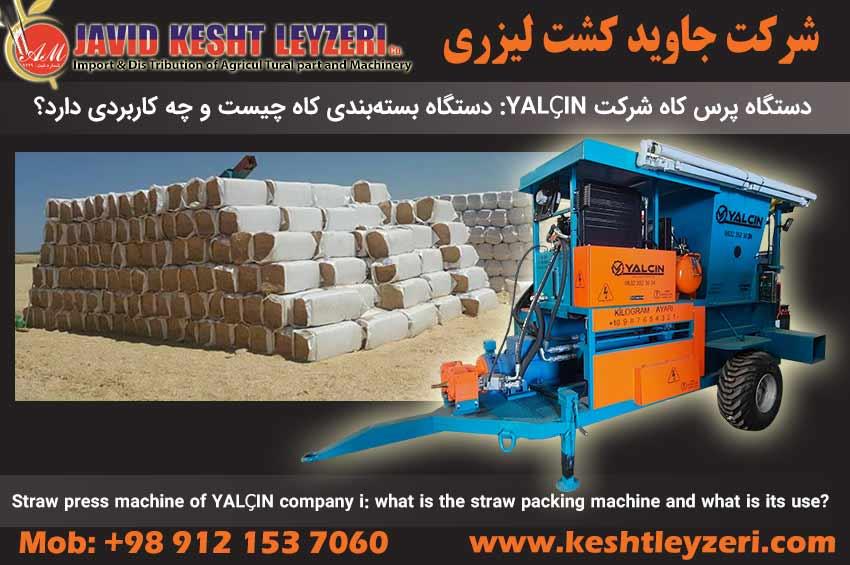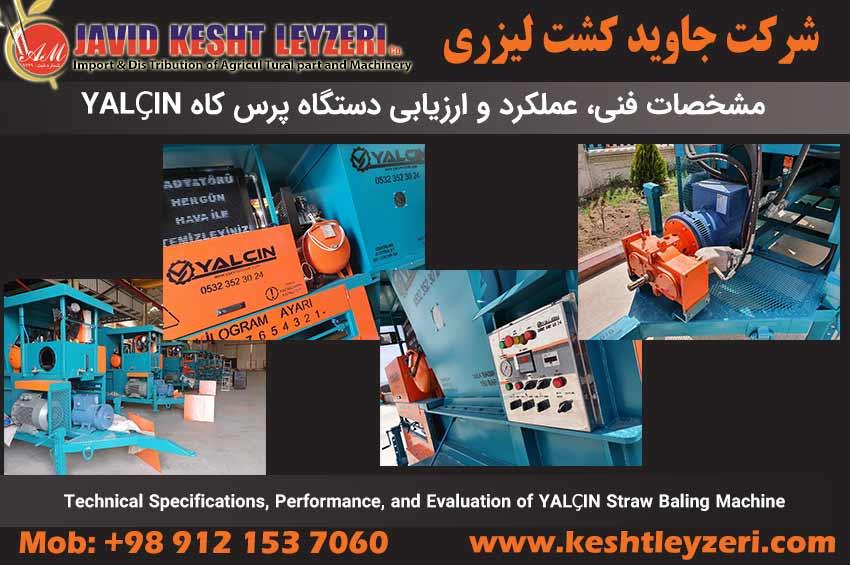
Potato harvest
Javid Kesht Leyzeri Co.Ltd (Mardani Trading)
Today, potato is one of the most important crops in the world, which is cultivated in 125 countries and has one billion consumers. Half of its total global production (324 million tons per year) is produced in developing countries.
According to the World Food Organization, Iran ranks eleventh among the top twenty countries in the world in producing this product, after France.
Currently, the yield of potato cultivation in Iran has reached 30 tons per hectare and it is considered as a profitable crop in the agricultural production sector.
Potato is one of the strategic crops that is cultivated in most regions of Iran. Potatoes are harvested in a small area using a shovel or an agricultural rake. In this way, they remove a potato from the soil with a shovel, then separate the tubers from the soil and straw. In vast fields, harvesting by workers and manual tools is not only not cost-effective, but also practically impossible; Therefore, special mechanized devices are used to collect potato products.
Potato harvesting machines
Harvesting potato, which is a tuberous product, consists of three stages; Removing the tubers from the soil, digging and collecting the tubers. Potato harvesting machines may be automatic and perform all the above steps mechanized, but most potato harvesting machines (common types in Iran) are semi-automatic and are only capable of removing the tubers from the soil and removing the soil. give After digging, these machines leave potatoes on the ground in a row, and the operation of collecting potatoes from the row is done by a worker.
In general, the process of taking out potato tubers is a bag in all the tools and machines used in harvesting potatoes, and the difference between them is in the method of digging and collecting the tubers. According to the method of soil collection and tuber collection, potato harvesting machines can be divided into four groups:
- Potato elevator digger
- Potato spinner
- Potato shaker digger
- Potato combine
The devices will be fully explained in the materials that will be discussed in the next sections of the site.






